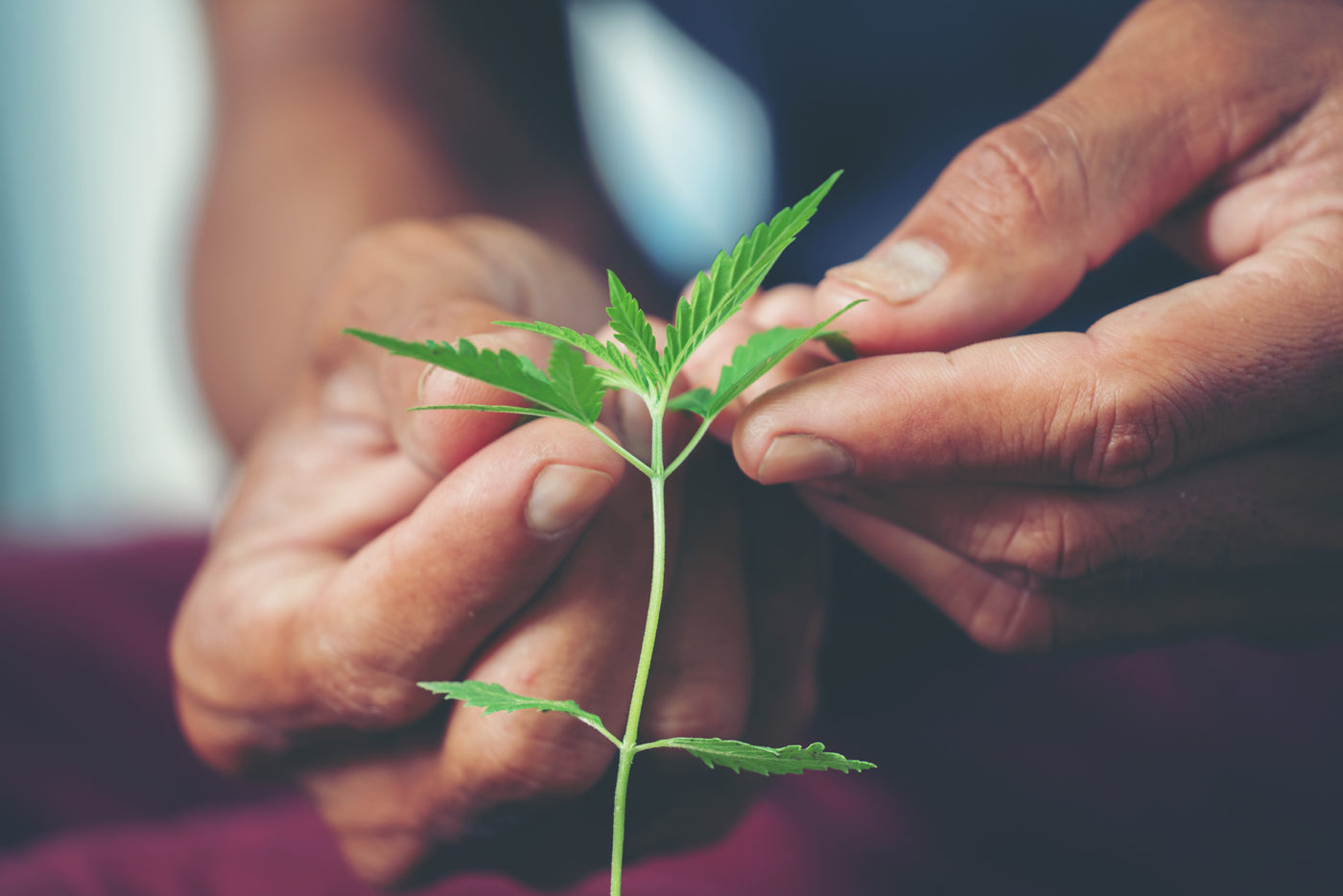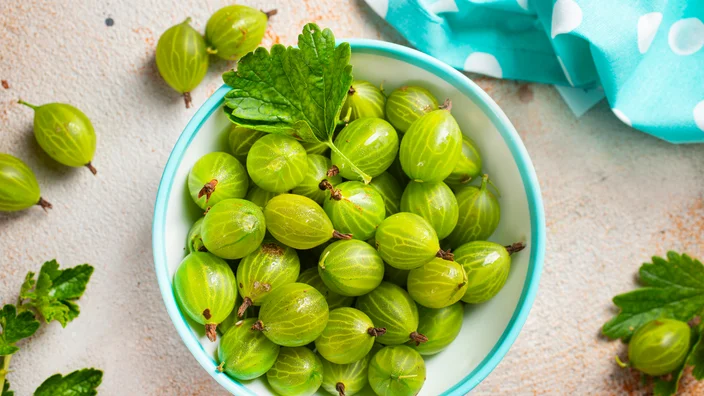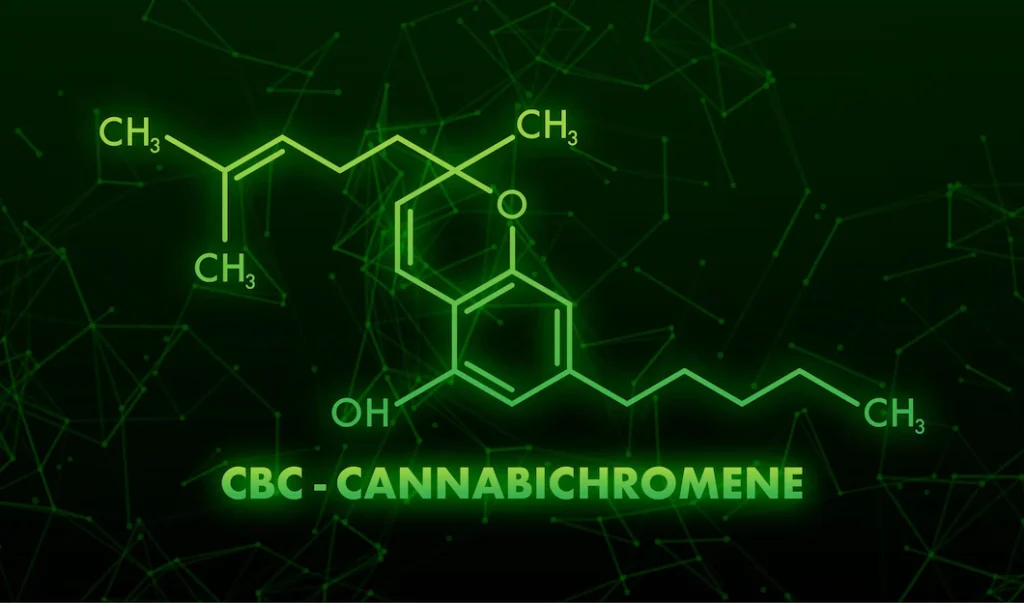
Botanicals That Activate the ECS
July 15, 2020
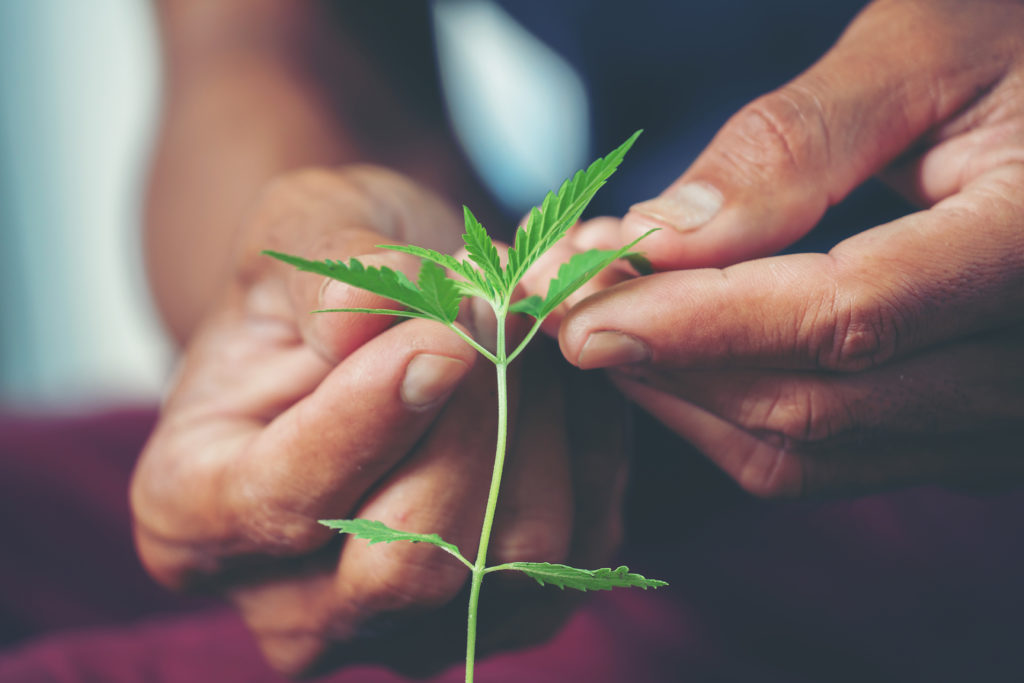
Our post today is brought to you by our very own Kerrie Suits, a Functional Nurse Practitioner, Zilis Ambassador and member of the Zilis Medical Advisory Board. Kerrie holds several degrees in health care and is currently researching how botanicals activate our Endocannabinoid System (ECS). Kerrie’s overview of botanicals highlights the ways in which our ECS interacts with cannabimimetics like black pepper and hops.
Botanicals and the ECS
Throughout the centuries, and more so in the last few decades, scientific research and evidence have led us to realize that botanicals can either be toxic or can be greatly beneficial to the human body. According to the Food and Drug Administration (FDA)1:
Botanicals can produce pharmacological effects that can either activate a system in our body or block one. They can either enhance chemical reactions or inhibit chemical reactions in the body. They can upregulate receptors or downregulate receptors. They can promote healing or cause illness. Before we can fully begin to understand the astounding potential health benefits of botanicals, including the cannabis plant, we must have basic knowledge of the constituents of plants. Additionally, the discovery of the Endocannabinoid System (ECS) has led to many other fascinating scientific innovations highlighting that cannabis is not the lone botanical that activates the ECS.
So much plays a part in how your ECS functions; specifically, that each person’s ECS is unique and isn’t balanced exactly like someone else’s, kind of like a fingerprint. We have discovered exactly what effects botanicals can have on the different aspects of the ECS and exactly what role they play. To know which botanicals activate the system, we have to understand what the elements of the ECS are. If you read our previous posts about the ECS and the Lock and Key system it utilizes, you recall the major receptors, called CB1 and CB2, are found throughout the body, along with endocannabinoids 2-arachidonyl-glcerol (2AG) and Anandamide, and enzymes amide hydrolase (FAAH) and monoacylglycerol lipase (MAGL). Learning about Cannabis sativa L. has enlightened scientists about the astounding fact that this one plant contains about 565 compounds. Research has also shown that the compounds found in hemp are also found in other botanicals as well, and therefore, we can experience benefits to the ECS without taking cannabinoids from Cannabis sativa L.
Other botanicals that persuade the ECS are in a classification called cannabimimetics (cannab-i-mimet-ix) . Cannabimimetics are similar to cannabinoids on the molecular level and get their names because they mimic the effects cannabinoids have upon our ECS.
Black Pepper
Many of us like to add black pepper to our food. Piper longum and Piper nigrum (black pepper) are spices that contain many beneficial compounds including the alkaloid, Guineensine, which is a noteworthy compound in terms of the overall health of our ECS. When we introduce it to the body either trans-dermally, sublingually, or through ingestion, it works as a way to help support appropriate levels of inflammatory-compounds and may reduce nociception.2
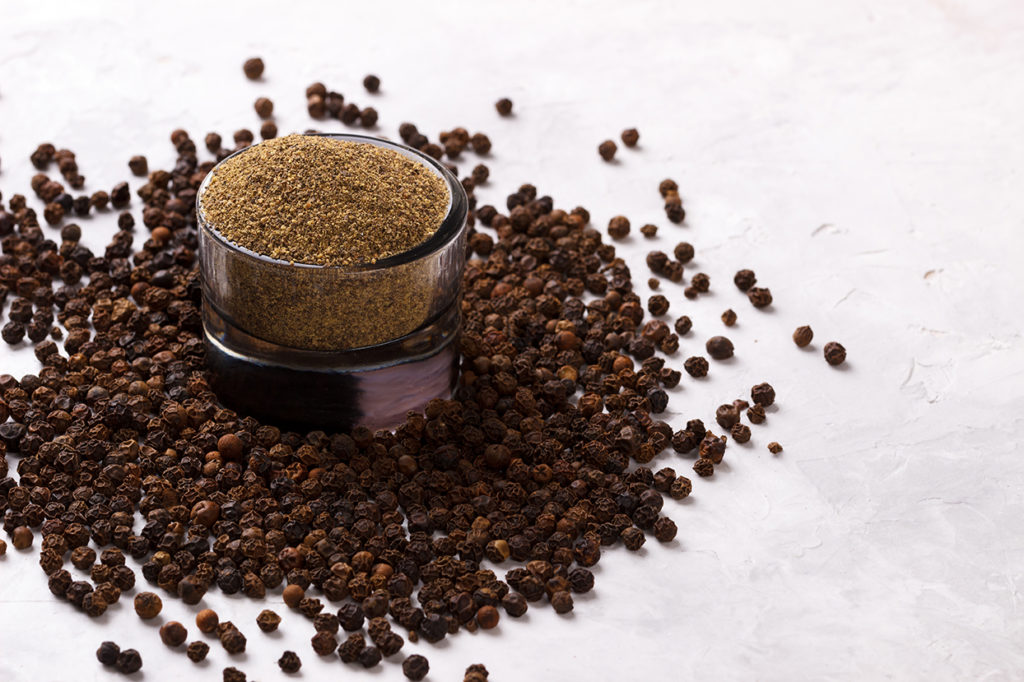
Black pepper also contains a terpene called beta-caryophyllene (BCP). This terpene has been proven to have many valuable attributes that activate our ECS for overall wellness for our bodies. BCP actually has a strong affinity to bind with the CB2 receptor, naturally reducing our nociception awareness.3 It has also been shown to support normal, healthy cell growth. This knowledge of how BCP activates our ECS leads the way in research to find other botanicals containing BCP that could potentiate more amazing effects. Some of the botanicals that possess this powerful terpene are rosemary oil, helichrysum, hops, oregano oil, cinnamon, carrots, basil, cloves, and lavender.
Helichrysum
Like black pepper, Helichrysum (hee-lee-chris-um) also contains BCP as one of its most abundant terpenes. It also contains a natural glucose-regulating compound called amorfrutin (a-mor-fru-tin).4 Amorfrutin activates our ECS to support overall healthy metabolic and endocrine systems. Interestingly, amorfrutin shares a similar structure to Cannabigerol (CBG) on the molecular level.
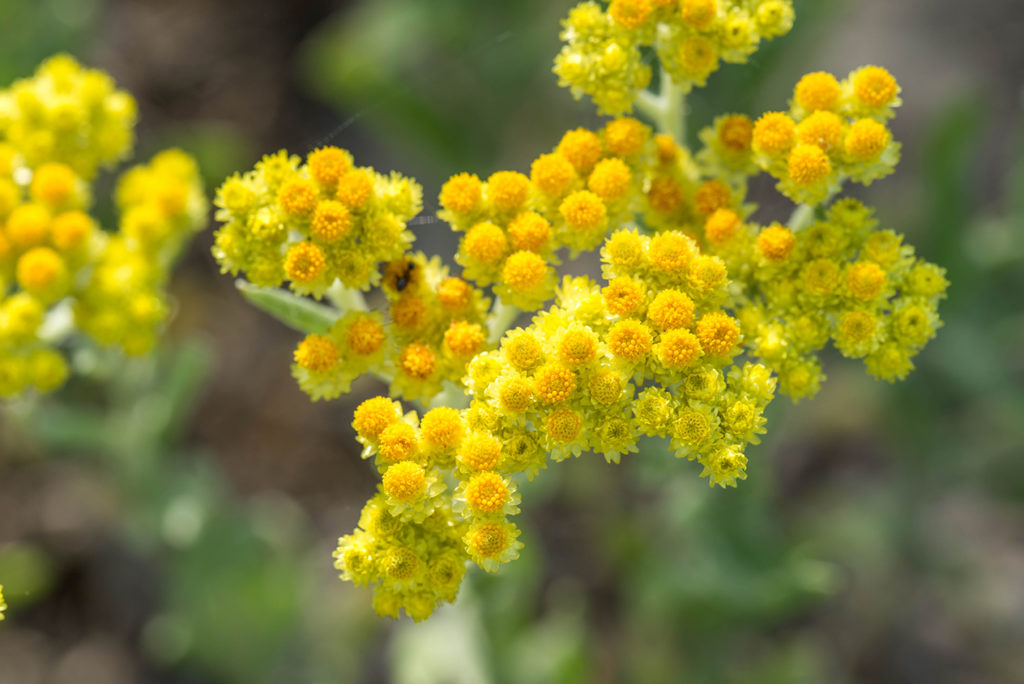
Echinacea
Echinacea is part of the sunflower family. A phytocannabinoid called alkylamide (all-kill-amide) is found in the echinacea plant. Scientific studies have shown that alkylamides in echinacea are agonists to CB2 receptors,5 which means they have a positive effect CB2 receptors throughout the immune system. For decades both Eastern and Western medicine has seen the benefit of promoting the use of echinacea for immune support. With CB2 receptors found abundantly throughout our immune system, science can make the connection that alkylamides found in echinacea actively support overall immune system health.
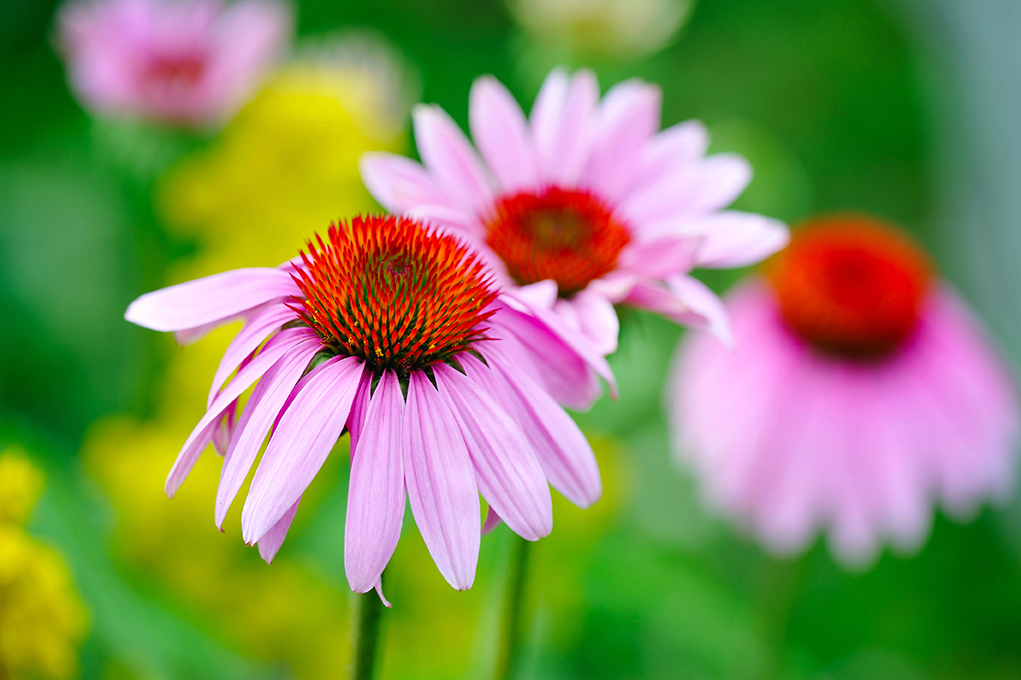
Kava
Kava has been used for centuries because of its overall support of the nervous system and the calming and relaxing effects it has on the body. Research shows that Kava targets the CB1 receptors in the brain to help promote mental relaxation.6 A compound in Kava, yangonin (yang-on-in), also has an affinity to the CB1 receptor7 and inhibits the breakdown of our endocannabinoids, 2-AG and Anandamide, which we discussed in our posts Discovery of CBD,THC, & the ECS (Part 2). By not allowing the breakdown of our endocannabinoids, Kava may help with relaxation and emotional balance of the mind.

Black Truffles
Just as compounds like melatonin are made by our own bodies, it can also be found in plants like Feverfew or St. John’s Wort. Black truffles contain compounds also found naturally in our body—anandamide. So-named for the Sanskrit word “bliss” anandamide, in abundance, gives the feeling of pleasure. Endocannabinoids like anandamide are found in measurable amounts in black truffles, which also contain the major metabolic enzymes of the ECS.8 The anandamide found in black truffles mimics the way our own anandamide is used by our ECS, making it a perfect addition.
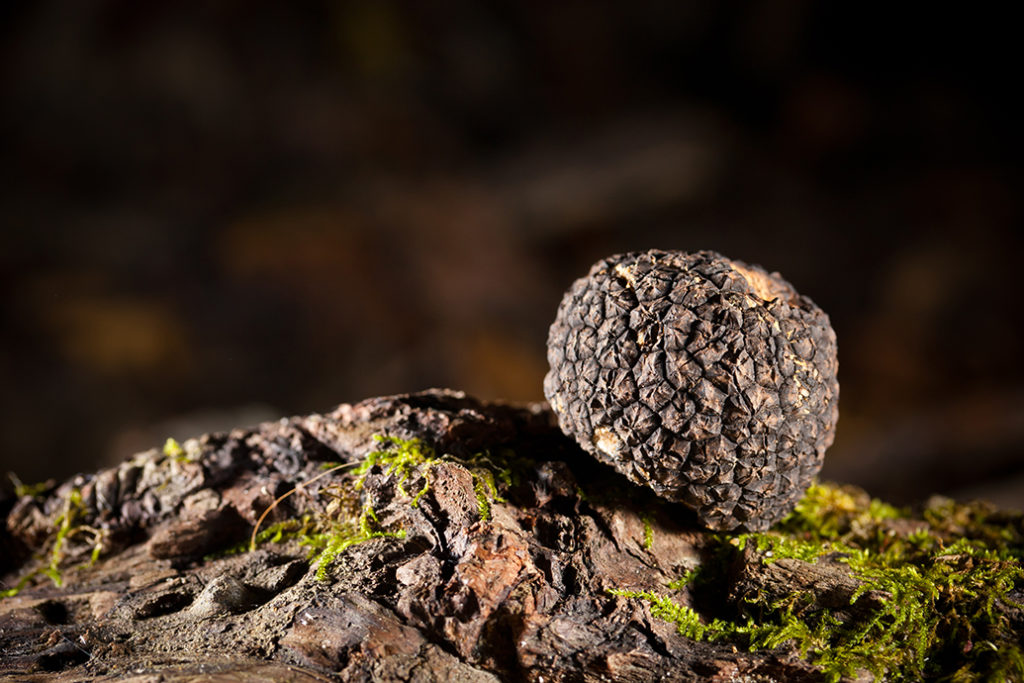
Hops
The ever-popular hops is in the same family as cannabis and has been used for several hundred years as the main ingredient in beer. Hops and cannabis contain terpenes that could benefit overall mental, physical, and immune system health. One terpene, common to both cannabis and hops, is mercene, which is known to help support appropriate levels of inflammatory-compounds and has antinociception properties.9 Hops also contains BCP, as mentioned above, that helps support normal, healthy cell growth.

Using botanicals to serve and support our health and wellness to achieve overall balance is a choice we make every day. The ECS needs to be balanced and utilizing botanicals outside of or in tandem with cannabis, is also a great option. Today, we touched on a few botanicals that can activate our ECS, and, as you can see, botanicals are powerful supplements we can use to help balance our ECS.
Join us next time for more stimulating conversation about Cannabigerol (CBG) and its encouragement of the Entourage effect.
[1] United States, U.S. Food & Drug Administration, Center for Drug Evaluation & Research. (2017). What Is a Botanical Drug? Retrieved July 9, 2020, from FDA.gov
[2] Tasleem, F., Azhar, I., Ali, S. N., Perveen, S., & Mahmood, Z. A. (2014). Analgesic and anti-inflammatory activities of Piper nigrum L. Asian Pacific Journal of Tropical Medicine, 7(1), S461-S468. doi:10.1016/s1995-7645(14)60275-3
[3] Fidyt, K., Fiedorowicz, A., Strządała, L., & Szumny, A. (2016). β-caryophyllene and β-caryophyllene oxide-natural compounds of anticancer and analgesic properties. Cancer medicine, 5(10), 3007–3017. DOI.org
[4] Weidner, C., Wowro, S. J., Freiwald, A., Kawamoto, K., Witzke, A., Kliem, M., . . . Sauer, S. (2013). Amorfrutin B is an efficient natural peroxisome proliferator-activated receptor gamma (PPARγ) agonist with potent glucose-lowering properties. Diabetologia, 56(8), 1802-1812. doi:10.1007/s00125-013-2920-2
[5] Raduner, S., Majewska, A., Chen, J., Xie, X., Hamon, J., Faller, B., . . . Gertsch, J. (2006). Alkylamides fromEchinaceaAre a New Class of Cannabinomimetics [Abstract]. Journal of Biological Chemistry, 281(20), 14192-14206. doi:10.1074/jbc.m601074200
[6] Bilia, A. R., Gallori, S., & Vincieri, F. F. (2002). Kava-kava and anxiety: Growing knowledge about the efficacy and safety. Life Sciences, 70(22), 2581-2597. doi:10.1016/s0024-3205(02)01555-2
[7] Ligresti A, Villano R, Allarà M, Ujváry I, Di Marzo V (2012). “Kavalactones and the endocannabinoid system: the plant-derived yangonin is a novel CB₁ receptor ligand”. Pharmacol. Res. 66 (2): 163–9. doi:10.1016/j.phrs.2012.04.003. PMID 22525682.
[8] Pacioni, G., Rapino, C., Zarivi, O., Falconi, A., Leonardi, M., Battista, N., . . . Maccarrone, M. (2015). Truffles contain endocannabinoid metabolic enzymes and anandamide [Abstract]. Phytochemistry, 110, 104-110. doi:10.1016/j.phytochem.2014.11.012
[9] Park, S., Sim, Y., Kang, Y., Kim, S., Kim, C., Kim, S., . . . Suh, H. (2012). Hop Extract Produces Antinociception by Acting on Opioid System in Mice [Abstract]. The Korean Journal of Physiology & Pharmacology, 16(3), 187. doi:10.4196/kjpp.2012.16.3.187
About Zilis’ Scientific Research & Development Department
Our Scientific Research and Development Department is headed up by Dr. Marielle Weintraub, a hemp industry expert. She holds a master’s and a PhD in Behavioral Neuroscience and is very active in many dietary supplement and hemp industry trade associations, including her role as the current President of the U.S. Hemp Authority. Dr. Weintraub is committed to the continued development of hemp-specific information and testing to fulfill the Zilis mission.
Science posts for Discover are co-researched and co-written by Kelly McGill, Senior Scientific Technical Writer at Zilis. Kelly holds a bachelor’s degree in English and a master’s in Linguistics / TESL. She has been writing science-related content for over 20 years and is an expert in making difficult concepts easy to understand.
Zilis is the creator of UltraCell™, a CBD oil product derived from hemp. Based in Argyle, Texas, a suburb of Dallas-Fort Worth, Zilis is privately held. Visit zilis.com for more information.
SHARE THIS POST
ABOUT THIS BLOG
Discover : The blog with the lifestyle, nutrition, science, and history of the hemp industry.
It’s your go-to for the most up-to-date information on hemp, CBD, dietary supplements, and more! Check it out!

